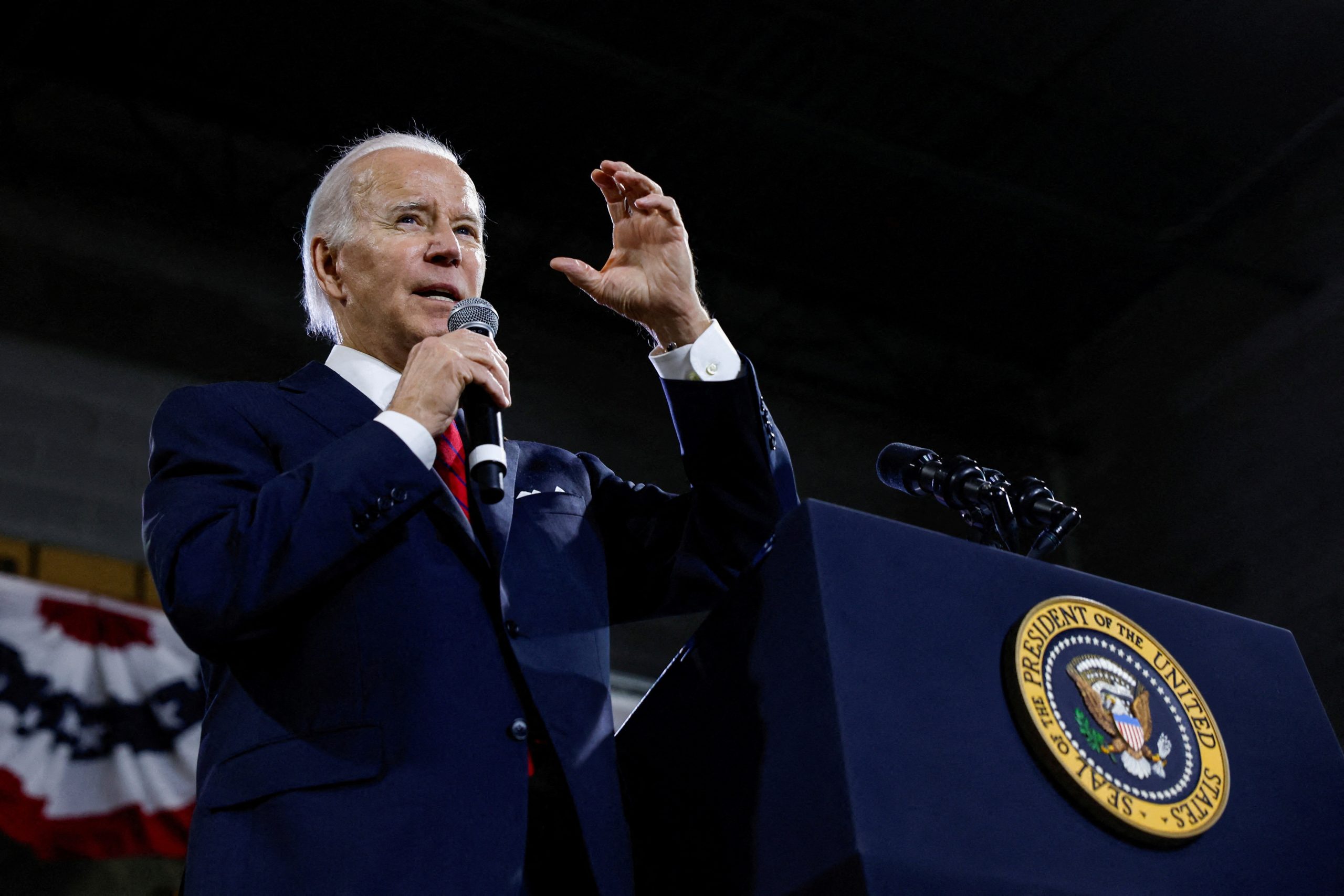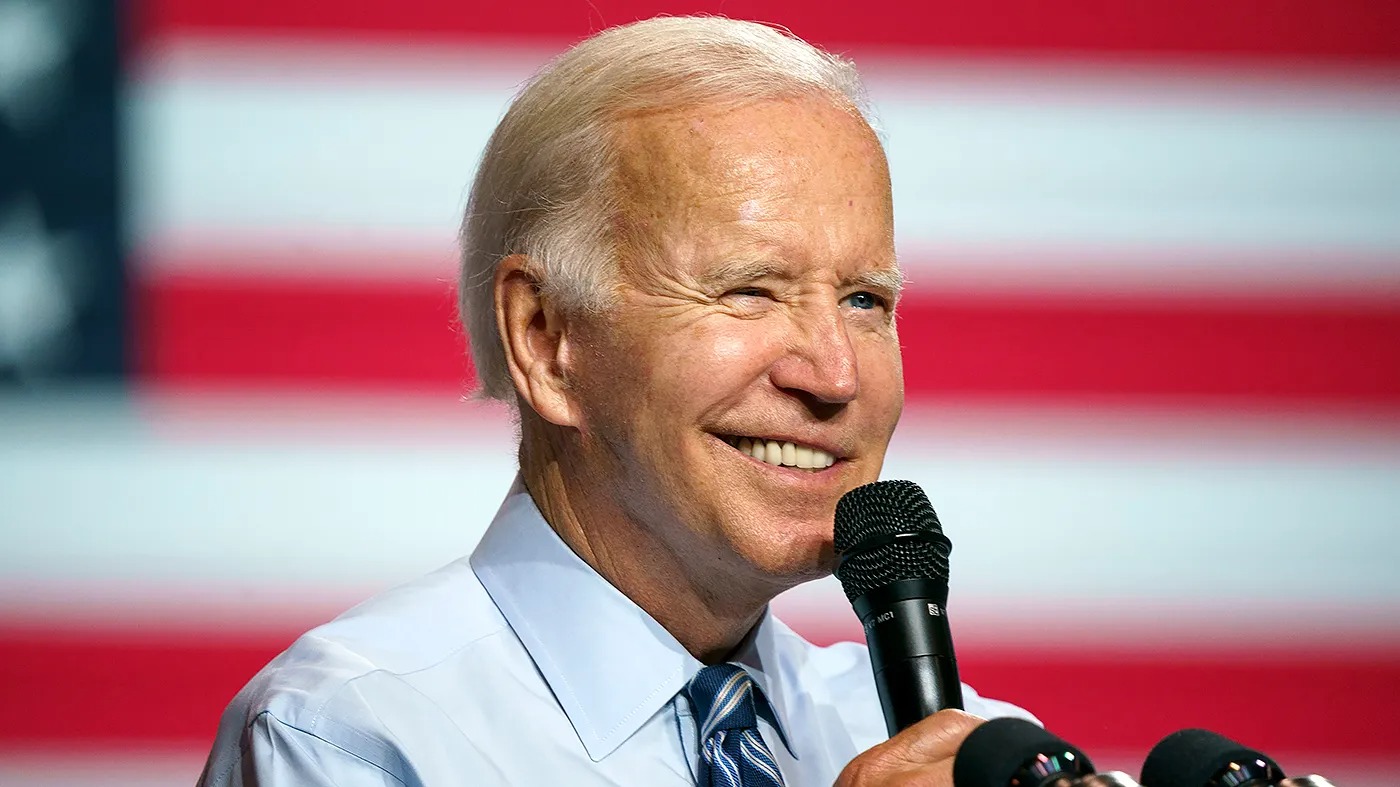The White House is already looking ahead to fiscal year 2025 and has proposed a budget of $1.63 trillion for defense and non-defense discretionary accounts.
This includes $895 billion for defense spending and $734 billion for non-defense spending. While this proposal is a starting point for negotiations, it is likely to face changes in Congress. One of the key components of the budget proposal is the federal pay raise for 2025.
The White House is advocating for a modest 2% pay raise for the approximately 1.5 million federal employees on the General Schedule. This would be the smallest pay raise since President Joe Biden took office, with previous raises ranging from 2.7% to 5.2%.

The administration cited financial constraints as the reason for the smaller raise proposal. However, it remains committed to addressing long-standing issues with the federal pay system, including pay compression for Senior Executive Service members and higher-level General Schedule employees.
The budget request does not specify how the raise would be distributed between an across-the-board percentage and locality pay adjustments.
Typically, the raise includes a 1.5% base raise and an average of a 0.5% locality pay boost. The final breakdown will be determined when Biden releases an alternative pay plan in August.

The federal pay raise proposal in the budget request is just the first step in the process. The President will submit an alternative pay plan to Congress in August, and an executive order will be signed by the end of the year to make the raise official for the following January.
Some House and Senate Democrats are advocating for a larger pay raise, with the Federal Adjustment of Income Rates (FAIR) Act proposing a 7.4% raise for civilian federal employees in 2025.
Rep. Gerry Connolly (D-Va.), who introduced the FAIR Act, believes this raise is necessary to properly compensate federal employees for their service.


